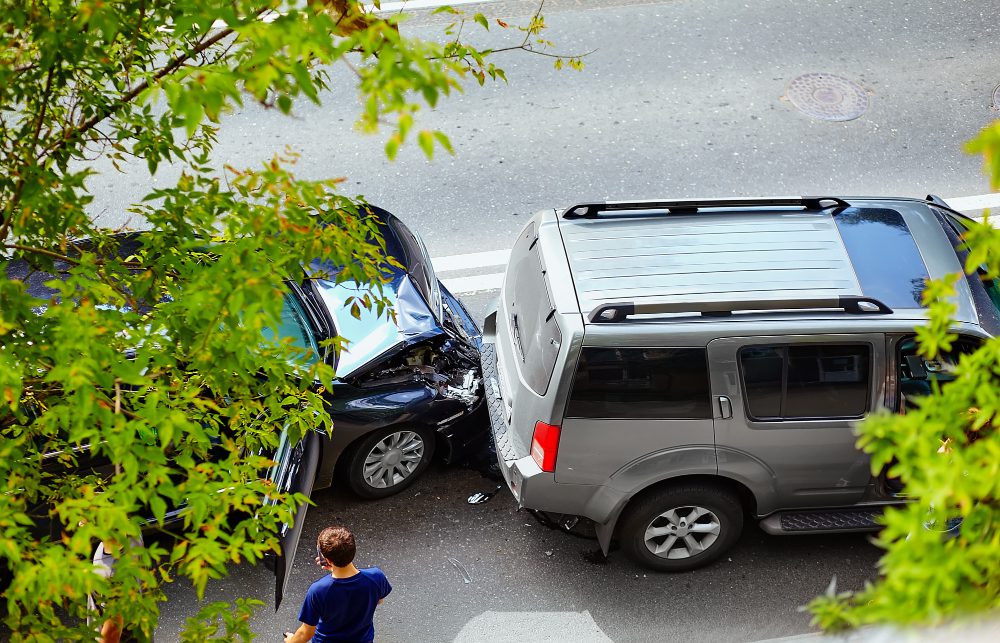Accidents happen—whether it’s a small dent from a parking mishap or major damage from a crash. If you find yourself in need of repairs, it’s crucial to understand how auto body collision repair works. This guide will walk you through the repair process, what to expect, and how to make the best choices for your vehicle’s restoration.
Understanding Auto Body Collision Repair
What is Auto Body Collision Repair?
Auto body collision repair involves restoring a vehicle to its pre-accident condition. Whether it’s repairing the structure, replacing damaged panels, or matching the paint, this process ensures the vehicle is both safe and aesthetically pleasing.
Common Types of Collision Damage
- Minor Scratches and Dents: Small dings from minor collisions or shopping carts are common and typically easy to fix with paintless dent repair (PDR).
- Frame Damage: More severe accidents can damage the vehicle’s frame, requiring advanced alignment tools to restore structural integrity.
- Paint Damage and Chipping: Scratches and paint chips can lead to rust over time, making timely repainting essential to prevent further deterioration.
The Importance of Timely Repairs
Delaying repairs can worsen vehicle damage over time. For example, paint chips can expose metal to moisture, leading to rust. Structural damage can also compromise safety, increasing the risk of future accidents.
The Auto Body Collision Repair Process Explained
Initial Assessment and Damage Inspection
The repair journey begins with a thorough inspection of the vehicle’s damage. Technicians assess both visible and hidden damage to provide an accurate estimate.
Repair Estimate: What to Expect
Once the inspection is complete, the shop will offer an estimate. This estimate details labor costs, parts required, and expected timelines for the repair.
Disassembling and Repairing Structural Components
If the frame is damaged, technicians will disassemble parts of the vehicle and use specialized alignment tools to restore the structure.
Frame Alignment Using Specialized Tools: Advanced equipment ensures the vehicle’s frame is aligned to factory specifications, which is crucial for safety and performance.
Dent Removal and Panel Replacement
Technicians use methods like Paintless Dent Repair (PDR) to fix minor dents. In severe cases, entire panels may need replacement.
Paint Matching and Repainting Techniques
Repainting requires matching the original paint color exactly. Auto body shops use advanced paint-matching systems to blend new paint seamlessly with the old.
Reassembly and Final Quality Inspection
After repairs, the vehicle is reassembled, and a quality check ensures everything is functioning correctly. This final inspection guarantees both safety and appearance.
Choosing the Right Auto Body Shop
Certified vs. Non-Certified Repair Shops
Choosing a certified repair shop ensures technicians are trained to repair your vehicle make and model. Many shops also use manufacturer-approved parts for repairs.
Checking for Insurance Partnerships and Warranties
Shops partnered with your insurance provider often streamline the claims process. Warranties on repairs also give you peace of mind about the work performed.
Reading Online Reviews and Customer Testimonials
Customer reviews offer insight into the quality of service you can expect. Look for shops with positive feedback and a history of satisfied clients.
How Insurance Works in Collision Repair
Filing an Insurance Claim Step-by-Step
After an accident, contact your insurer to file a claim. They will assign an adjuster to evaluate the damage and provide repair approval.
Understanding Insurance Adjusters’ Role
Adjusters inspect the vehicle and negotiate repair costs with the body shop. Their role is to ensure the repairs are reasonable and align with policy terms.
Out-of-Pocket Repairs vs. Insurance-Covered Repairs
Some minor repairs may fall below your deductible, making it more cost-effective to pay out of pocket. However, for major damage, insurance coverage is often essential.
Cost of Auto Body Collision Repair
Factors That Influence Repair Costs
- Extent of Damage: More severe damage requires longer labor hours and more materials, increasing costs.
- Parts: OEM vs. Aftermarket: Original Equipment Manufacturer (OEM) parts are more expensive than aftermarket alternatives but may offer better quality and fit.
Average Costs for Common Repairs
Minor dent repairs might cost around $150-$500, while major collision repairs can range from $2,000 to $10,000 or more, depending on the extent of damage.
Saving Money with Preventive Measures and Negotiation
Discuss repair options with your shop to identify cost-saving opportunities, such as using aftermarket parts or repairing instead of replacing panels.
Preventing Future Collisions and Damage
Defensive Driving Tips to Minimize Accidents
Staying alert, maintaining safe distances, and avoiding distractions are key to reducing the risk of accidents.
Regular Maintenance to Prevent Cosmetic Wear and Tear
Routine cleaning and waxing help prevent scratches and paint damage, keeping your vehicle looking new for longer.
Investing in Protective Accessories (Bumper Guards, etc.)
Accessories like bumper guards or door edge protectors offer an extra layer of protection from minor impacts.
Conclusion
Getting your vehicle repaired after a collision restores more than just its appearance—it ensures your car is safe to drive. Timely repairs help avoid further complications, and choosing a reliable shop ensures the job is done right. Whether you’re dealing with minor scratches or major damage, understanding the repair process empowers you to make the best decisions for your vehicle.

